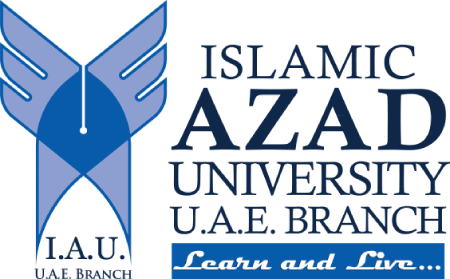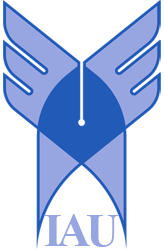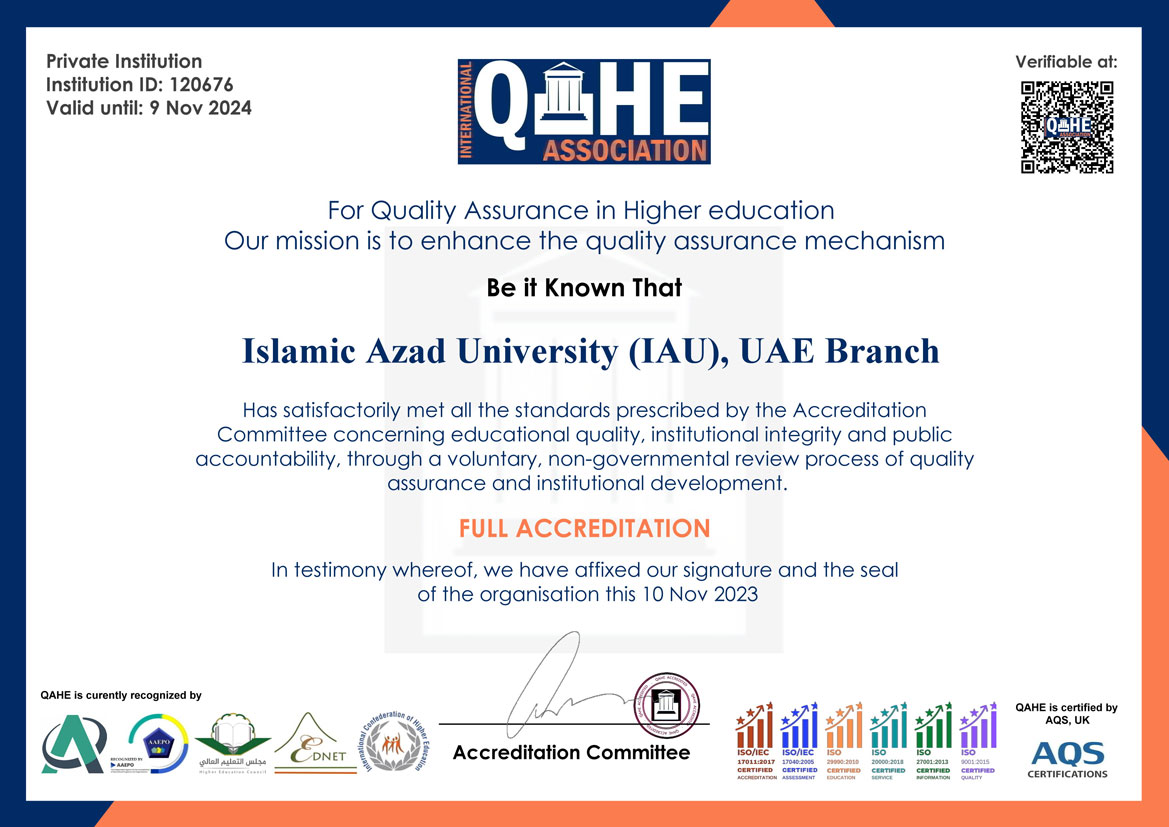Islamic Azad University is the third-largest university in the world as far as the enrolment numbers display. It is a non-governmental, nonprofit Iranian higher education provider that has been established in 1982 as the first private university in the post-revolutionary Iranian academia and in response to the then growing population of the country and the dire need for higher education. At the juncture of post-revolution times and the imposed war against Iran, the emergence of Azad University was of vital social importance. Much of Iran’s experienced workforce today has been educated and trained by IAU. To date, some 5 million students have graduated from IAU, and currently, 1.7 million students are studying at the university branches.
Over three decades and a half, IAU has ramified into 400+ branches throughout Iran and four branches abroad. All the branches shall comply by the rules, regulations, and bylaws stipulated and mandated by the Central Organization of IAU, headquartered in the capital, Tehran. The university receives no funds from the government and runs merely on the tuition fees and sporadic donations from the philanthropists.
Apart from the then social and cultural aptness for the expansion of IAU throughout the nation, one primary other reason behind IAU’s extensive growth lies in the integrated, centralized system of management launched and run by its first president, Dr. Abdollah Jassbi, who was in office from 1982 to 2012. Over the past six years, IAU has had five different presidents.
The incumbent president of IAU, Dr. Mohammad Mehdi Tehranchi, attempts to shift the focus at IAU from increasing the enrolment numbers to enhancing the quality of education and boosting the knowledge-based economy through creating a balance between the centralized and decentralized decision-making.
To facilitate and expedite the academic and administrative activities of the branches across the country, the university has delegated partial authority to 31 provincial secretariats for managing and monitoring the branches in their respective provinces. The international branches abroad are under the direct supervision of the IAU’s Central Organization and communicate through the Directorate for International Affairs. The academic issues, however, are communicated with the Office of Vice-President for Academic Affairs and Graduate Studies and its dependent directorates.
The intricate system of managing this mega-university has been conducive to 10 volumes of handbooks comprising the rules, regulations, bylaws, manuals, directives, circulars, and notifications related to the various sections of Planning and Knowledge-based Economy, Academic and Graduate Studies, Research and IT, Finance and Administration, Sports, Medical Sciences, International and Parliamentary Affairs, Testing and Admissions, Constructional Development, and Student Support and Cultural Affairs. All the branches of IAU shall abide by the rules and regulations stipulated in these handbooks, which are being revised and modified frequently.
The University’s scope of educational and research activities concerning the academic programs and courses is determined by the permits issued by the Higher Education Development Council at the Ministry of Science, Research and Technology. IAU’s Central Organization receives the program approvals and details from the ministry and communicates them with its 400+ branches across the country. The system for admission to the university is via a nationwide entrance exam, where the applicants are being screened based on their performance in the exam. It is a couple of years that a new scheme for admission based on high school GPA has also been introduced to the Iranian higher education system. This scheme usually applies to the programs less popular among the HE candidates and those offered in smaller universities.
The vision of IAU for the upcoming years, set by the board of trustees, is to leverage the successful local experience of higher education infrastructure development to focus on quality improvement and internationalization. Accordingly, IAU’s International Affairs Steering Committee has outlined the following areas as the focal points for the internalization process:
a) Students: to provide students with opportunities to acquire state-of-the-art knowledge and obtain international experience through student exchange, conference participation, and conducting joint research projects;
b) Faculty: to grant faculty members the chance to expand their expertise and skills at an international level through professor exchange programs, sabbaticals, joint research projects and publications with global peers, taking active participation in the outstanding world conferences;
c) Curriculum: to build on the international experiences in the field of innovative curriculum design and to reinforce the course contents as far as the university authorities allow;
d) Standards: to implement internationally-recognized quality assurance standards in evaluating and strengthening the academic performance throughout the IAU branches and, consequently, winning more international accreditations for selected branches and programs.
The above vision seems entirely in conformity with the new developments underway at IAU-Dubai to carry out a standard, effective IQA system. The outcomes of our efforts can best serve as a booster to realize the standardization and quality assurance aspirations across IAU in general.




